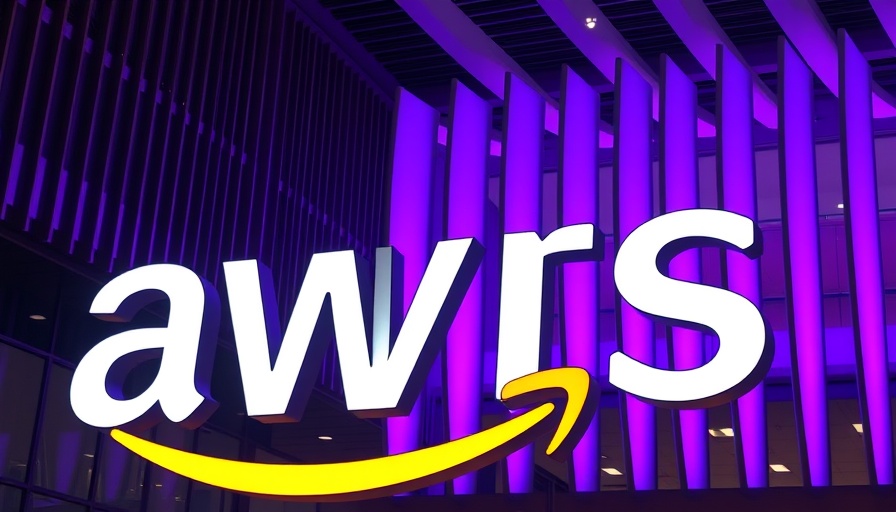
In The Wake of AI Innovation: Job Cuts at Amazon AWS
In a surprising turn of events, Amazon has announced significant job cuts within its Amazon Web Services (AWS) division, even as sales and profits continue to rise. This decision reflects a broader shift towards automation and artificial intelligence (AI) that is reshaping the tech landscape. With AWS sales rising by 17% in the first quarter of this year alone, bringing in $29.3 billion, the job cuts raise questions about the balance between profitability and workforce stability.
The Shift Towards AI-Driven Efficiency
According to sources familiar with the matter, Amazon is not just making cuts; it is redefining its workforce in the face of increasing automation. CEO Andy Jassy has emphasized that the rise of generative AI will likely reduce the number of employees needed across various company sectors. The cuts specifically impact AWS teams focused on supporting customer product development and sales services, areas that will likely be enhanced through AI efficiencies. Instead of hiring, Amazon is harnessing technology to streamline operations, aiming to strike a balance between investment in innovation and efficiency.
Implications of Layoffs Beyond AWS
The layoffs at AWS are part of a more extensive trend within Amazon, with reductions also seen in its books division and devices and services unit. Workers in these sectors recently received termination notices, often having their access to company systems revoked within hours. These measures are a response to an evolving market that increasingly favors technology-driven solutions. While this might help the company maintain agile operations, it opens up concerns over the socio-economic impact of such sweeping job losses.
Understanding the Future of Work with AI
The reliance on AI across various tech companies—including giants like Microsoft and Meta—highlights a pivotal shift in the workforce landscape. Many sectors are increasingly adopting AI tools to automate tasks, create software code, and enhance productivity. As these technologies become more advanced, the potential for job loss becomes a pressing issue, raising critical questions about the future of employment.
Historical Context: Tech Layoffs in Evolution
Historically, technological advancements have often caused shifts in employment. The industrial revolution led to the automation of many tasks, resulting in significant job displacement. The current technological evolution, marked by the rise of AI, echoes this pattern. Workers need to adapt to new skills and roles suited to an AI-driven future. While it may appear that AI is maintaining profitability for companies like Amazon, it simultaneously poses undeniable challenges for the workforce.
Emotional Impact: The Human Cost of Layoffs
For every employee who receives a termination notice, there is a personal story of dedication, hard work, and dreams unfulfilled. The emotional toll on those affected can be immense, often leading to anxiety and uncertainty about future prospects. As we recognize the benefits of technological advancements, we must also acknowledge the human cost of job cuts. Sharing these stories, supporting those affected, and fostering conversations about job training and transition resources is essential in building resilient communities.
Looking Ahead: Navigating the New Landscape
As Amazon and other tech giants pivot towards AI-driven business models, communities and policymakers must be aware of this changing landscape. Collaborating with local educational institutions and training programs can help reskilling initiatives thrive, allowing workers displaced by machines to find new pathways in the job market. Entrepreneurs and innovators in the local community can drive this change, creating new opportunities and roles that harness both human creativity and technological advancement.
In conclusion, while Amazon's cuts within AWS signify the deepening integration of AI in the workplace, they also invite us to reflect on the future of our workforce. Are we prepared to navigate the implications of these changes? Engaging in proactive transitions—through training, community support, and networking—will be vital to building a resilient workforce in the age of AI.
 Add Row
Add Row  Add
Add 




Write A Comment